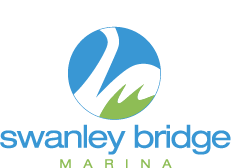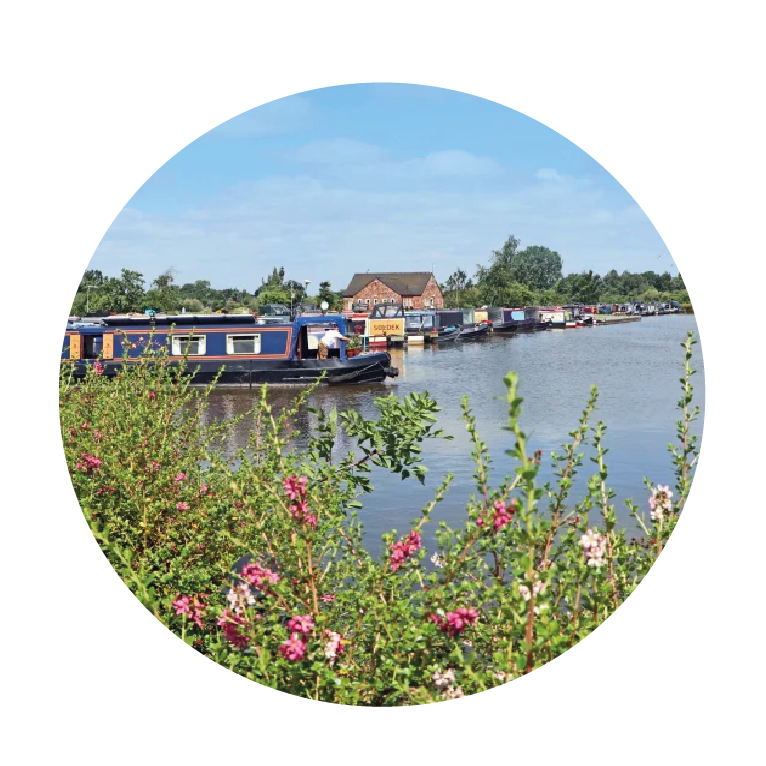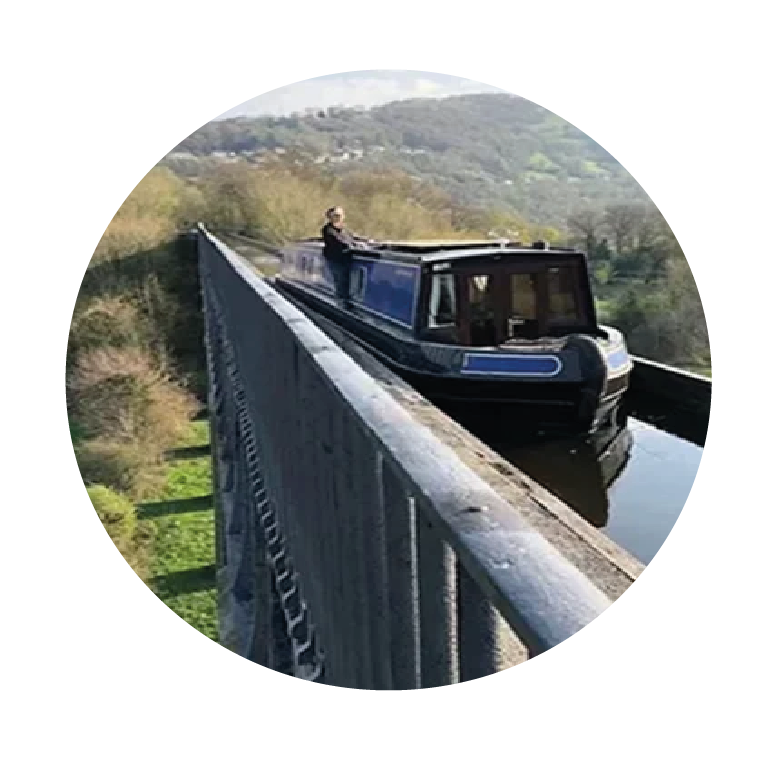The Narrowboat Regulations Handbook: Your Guide to Legal Requirements on the UK Waterways
Are you thinking of cruising the canals on your narrowboat? Or mooring up here at Swanley Bridge Marina? Before you set off on your next trip, it’s important to understand the legal requirements that keep both you and your boat safe and compliant with the law. Here at Swanley Bridge Marina, we often get questions about the rules around owning and operating a narrowboat, so we have put together this friendly guide to help you navigate the essentials.

Why Narrowboat Regulations Matter
Canal boating is a peaceful, secluded experience, but the UK waterways are regulated to ensure safety for everyone who uses them, protect the environment, and help maintain the canals and rivers we all love. Whether you’re living on your boat full time, enjoying weekend cruises, or keeping your boat moored at Swanley Bridge Marina, knowing the rules is part of responsible boating and helps keep the waterways enjoyable for all.
Boat Safety Scheme Certificate
One of the most important legal requirements for narrowboaters is the Boat Safety Scheme, also known as a BSS certificate. An easier way to think about it is a MOT for your boat, it’s a safety inspection that checks everything from your gas and electrical systems to your fire safety equipment and ventilation. This certificate is required every four years for private boats. Most powered boats on UK waters, including narrowboats, need to have a valid BSS certificate, it’s also essential because you won’t be able to get a waterways license without it. We recommend booking your BSS inspection well in advance to allow time to fix any issues that might arise before you set out on your travels.
Canal & River Trust License
If you plan to cruise on waterways managed by the Canal & River Trust, which includes the beautiful Llangollen Canal right here at Swanley Bridge Marina, you will need a valid license. This license gives you permission to use your boat on CRT (Canal and River Trust) waterways. Licenses come in various lengths, such as 12 months, 6 months, or even 3 months, and fees differ depending on whether you’re using your boat for leisure or business. You can apply for your license directly online or by post with the Canal & River Trust, providing details about your boat, your insurance, and your BSS certificate. Operating without a license can lead to fines or even having your boat seized, so it’s important to stay up to date.
Insurance Requirements
Boat insurance is essential for any boat, it’s a must have for any boat licensed on CRT waterways, at minimum, you need third party liability insurance, which usually covers £2 million in damages. However, comprehensive insurance that also protects against damage, theft, and other mishaps is highly recommended. Having insurance not only protects you financially but also is a legal requirement linked to your license.
Boat Index Number
Every boat licensed on CRT waterways is given a unique index number that must be displayed clearly on both sides of the boat, this number acts like your boat’s official ID on the canal network, making it easier for authorities and other boaters to identify your vessel.
Tidal Waters Considerations
If you’re thinking about taking your narrowboat onto tidal rivers such as the Thames or the Ribble Link, you’ll need to be aware of the extra rules and safety requirements. Many tidal areas require additional equipment like VHF radios (communication between boats), tidal charts, and specific safety gear. Additionally, we recommend you familiarise yourself with local harbour authority regulations before travelling onto tidal waters, while most narrowboaters stick to inland canals and rivers, it’s good to know the extra precautions if you plan to explore further.



Living Aboard: Residential Moorings and Legalities
If you’re considering living aboard your narrowboat full time, it’s important to understand that you’ll need a residential mooring that has proper planning permission, not all marinas, including Swanley Marina, offer residential moorings, so it’s always best to check in advance. Additionally, living aboard may mean paying council tax on your mooring. Living on your boat is a unique and rewarding lifestyle, but it comes with its own set of legal considerations, so it pays to be informed.
Continuous Cruising Rules
If you don’t have a home mooring and plan to live the life of a continuous cruiser, you need to follow the Canal & River Trust’s rules carefully. The CRT defines a continuous cruiser as someone who genuinely moves their boat from place to place without staying in the same spot for longer than 14 days. Staying put too long in one location without a licence can result in warnings or fines. It’s a good idea to plan your route ahead of time and keep a log of your movements to prove you’re meeting these rules.
Emissions and Engine Noise
Keeping the waterways pleasant for everyone means being mindful of engine noise and emissions, try to keep your engine and generator use to a minimum, especially during late-night or early morning hours near moorings. Newer boats may need to comply with emissions standards under the Recreational Craft Directive (RCD), so it’s wise to keep your boat well maintained and up to date with these requirements.
Waste Disposal and Environmental Rules
Protecting our canals and waterways is a shared responsibility so it’s very important never to dispose of waste, whether it’s sewage, oil, or bilge water, directly into the canal. Instead, use official facilities like the Elsan disposal and pump out points provided by the Canal & River Trust or at Swanley Marina. Recycling and proper waste disposal help keep our waterways clean and safe for wildlife and fellow boaters.
Planning Permission and Boat Modifications
If you’re thinking about making modifications to your boat – whether it’s installing a new stove, adding windows, or fitting solar panels – be aware that some changes might affect your BSS certification or insurance, it’s important to use professional installers, especially for gas and electrical work, and to check how these modifications could impact your legal compliance.
Your Narrowboat, Your Responsibility
Owning a narrowboat can bring you joy and freedom, but it also comes with responsibility, these regulations might seem like a lot at first, but once you’re familiar with them, they become second nature and help make boating safer and more enjoyable for everyone. At Swanley Bridge Marina, we’re always here to support boaters in understanding their legal obligations and making the most of their time on the water.
If you’re ever unsure about any aspect of narrowboat regulations or legal requirements, feel free to stop by the marina office for a friendly chat. We love helping boaters stay safe, legal, and happy on the canals.
Happy cruising and we hope to see you soon at Swanley Bridge Marina!